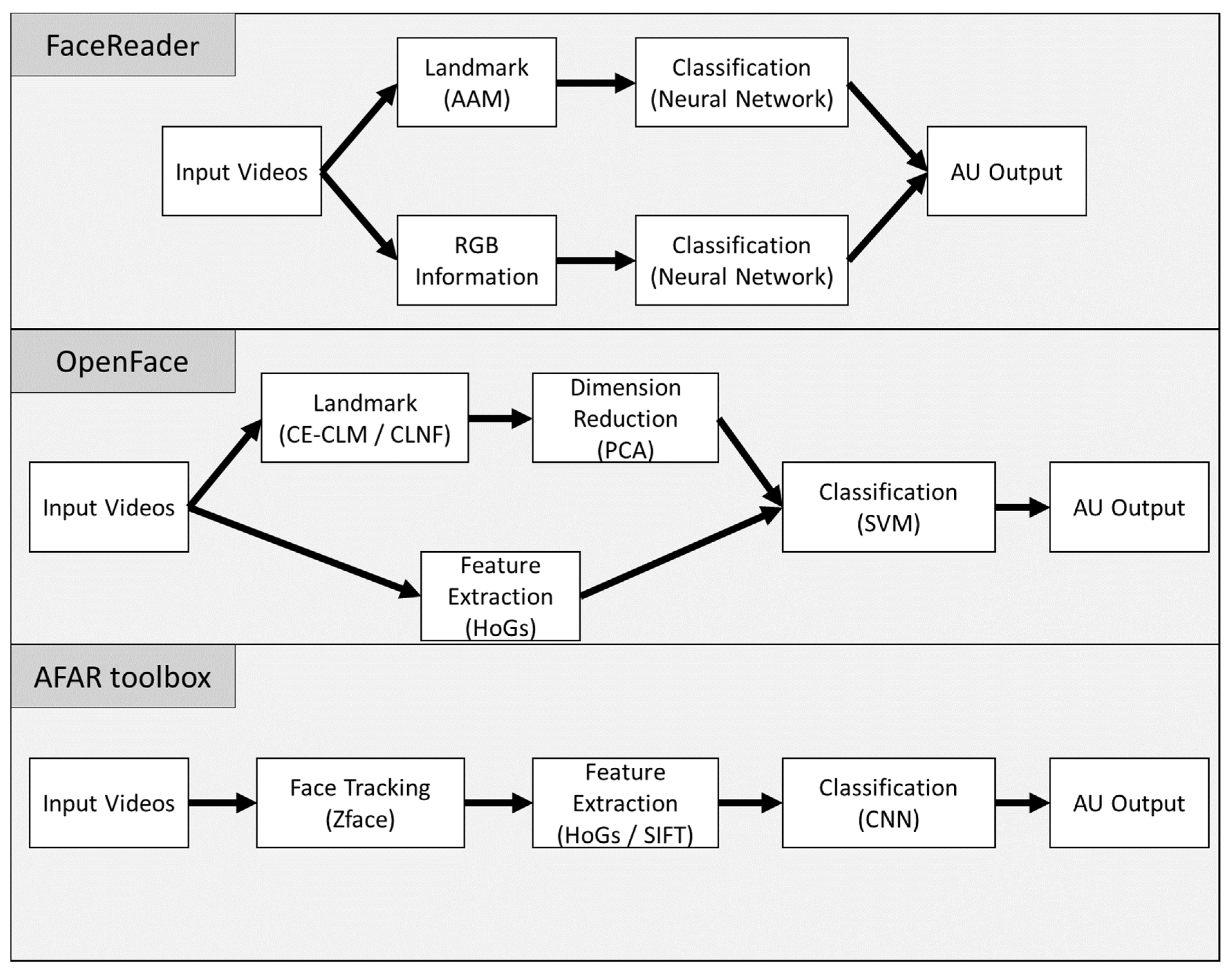Instruction for the facial expression recognition process Circuit Diagram Fig.5: Simulative Emotional Expression System Testing . Execute the code, and a video will display, tracking your facial landmarks in real time. As you move your face quickly and make different expressions, the system will capture and display these changes instantly. You can check our other facial recognition robots. IoT Face Recognition AI Robot

Stage 2: Alignment. The first two steps—face detection and alignment—are foundational to the success of a face recognition pipeline. Detection models like RetinaFace and SCRFD provide both bounding boxes and keypoints, which are essential for accurate alignment. Without alignment, variations in pose, orientation, and scale could lead to inconsistent embeddings, reducing the system's

A Comprehensive Guide to Building a Face Recognition System Circuit Diagram
In this research article, we will try to understand the concept of facial emotion recognition from both a philosophical and technical point of view. We will also explore a custom VGG13 model architecture and the revolutionary Face Expression Recognition Plus (FER+) dataset to build a consolidated real time facial emotion recognition system. In The facial expression recognition system works by first preprocessing the facial images to enhance their quality. The preprocessed images are then fed into a machine learning model, which is trained to recognize facial expressions. The model uses a combination of features such as Haar cascades, HOG, and SIFT to detect facial features and In this guide, we will walk you through the process of building a simple face detection system with OpenCV, one of the most powerful libraries for computer vision tasks. This tutorial is ideal for beginners and requires only basic knowledge of Python programming. Emotion detection: By analyzing facial expressions, you can determine the

Python, with its extensive libraries and tools, is an excellent choice for implementing facial recognition systems. This tutorial will guide you through the process of building a facial recognition system using Python, covering both the theoretical and practical aspects. What You Will Learn. By the end of this tutorial, you will be able to: Building a Face Recognition System with Python, OpenCV, and Deep Learning. Introduction. Face recognition technology has become increasingly popular in recent years, with applications ranging from security and surveillance to social media and entertainment. In this tutorial, we will explore the process of building a face recognition system The code is a simple face detection system using OpenCV, which includes grayscale conversion, face detection, data storage, and visual display of the results. we will learn how to implement a modification app that will show an emoji of expression which resembles the expression on your face. This is a fun project based on computer vision in

Build Your Own Face Recognition Tool With Python Circuit Diagram
An image of a face is far easier to obtain than a retinal scan or fingerprints. If the security needs are vital enough, taking extra face anti-spoofing measures ensure that no one is able to defeat a facial recognition system with a photograph or image of a face. You can read more in my previous article Anti-Spoofing Techniques For Face How Face Recognition Systems Work. Before we dive into the code, let's overview the key concepts that allow face recognition to work: Detecting Faces. The first step is finding faces in input images or video frames before identification can occur. This facial detection is usually done by training cascade classifiers like LBP or Haar wavelets
